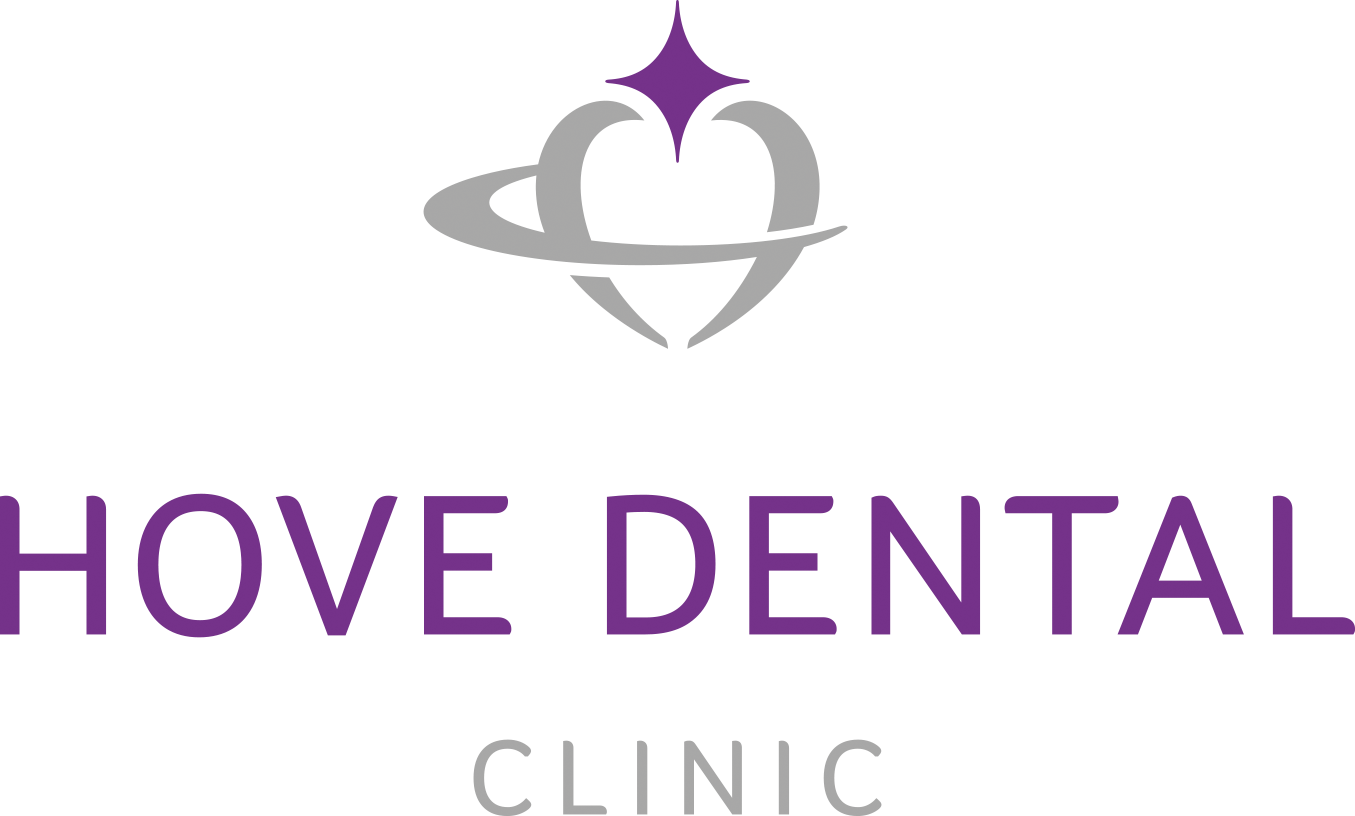Can Braces Fix Any Teeth?
Braces can be used to treat the vast majority of teeth alignment issues. This includes patients who suffer from impacted teeth, abnormal bites and malocclusions.
However, different braces are used to treat different cases, so it’s important to understand that while one treatment plan may work for someone, it may not work for you.
Fixed Braces for Straightening Teeth
Fixed braces remain the most popular solution for straightening teeth. They are comprised of metal wiring and brackets that are attached to the front of your teeth. Combined, the wires and brackets work together to gently shift and pull your teeth into their new, desired positions. As fixed braces have been around the longest out of all other braces, they have evolved over time and seen vast improvements. This has made them the most successful treatment option in the dental and orthodontic industry.
Fixed braces are also thought to work faster than other teeth straightening options, such as Invisalign and standard retainers. While Invisalign is currently very popular, you may not find that it offers as much control as fixed braces. Invisalign is predominantly used to treat minor cases, in contrast to fixed braces that can treat any, if not all cases, including the most complex.
Can Patients With Crowns, Veneers and Bridges Still Get Braces?
Fortunately, patients who have previously had crowns, veneers and/or bridges fitted will still be candidates for braces. Although crowns, veneers and bridges are designed not to be moved, your orthodontist will still be able to apply braces, without impacting the positioning of your artificial implants.
The application process, however, does take longer. This is because your dentist will have to approach your treatment differently due to your implants. For more information on applying braces to implants, please feel free to call our friendly team today, or visit our clinic.
Who Can Fix My Teeth?
The vast majority of dentists will be able to perform standard teeth alignment. However, if you do require specialist treatment, your dentist will likely refer you to a specialist. Fixed braces are able to treat the majority of teeth straightening issues, but there are times where the application of braces may not be the most logical first step.
Arranging to speak to our Principal Dentist Dr Dimitri Mantazis is advised in this instance.
Before Getting Braces
While braces are able to treat the majority of tooth straightening issues, your dentist may notice something that needs to be addressed beforehand. For example, braces may not be a suitable option for you yet if you suffer from the following:
Malocclusion – this is the term used to describe several teeth misalignment issues. There are several types of malocclusions, including:
- Overjet
- Overbite
- Crossbite
- Underbite
Your dentist will perform and oral examination to determine whether you are a candidate for braces.
Impacted teeth – this is a problem with teeth spacing, specifically when one (or two, rarely more) tooth tries to emerge from the gum, but can’t because it’s being blocked by another. If this is not treated, it can lead to discomfort, trouble eating and an uneven smile.
However, sometimes impacted teeth don’t necessarily require treatment, patience may be the cure. You will still need to consult your dentist to ensure that your impacted tooth does not pose a threat to your oral health and general comfort. If you are suffering with pain, your dentist may need to extract the affected tooth, but this is something that can be discussed at our clinic.
What Types of Braces Are There?
Braces and retainers are still the most successful teeth straightening appliances. There are several treatment options for achieving straight teeth, with some braces offering different solutions depending on each patient’s individual requirements.
Fixed braces – still regarded as the most successful teeth straightening solution in the industry. They have seen several improvements since their introduction, which has made them one of the most popular treatment options for all ages. Fixed braces arguably offer the best results and are known for treating complex cases swiftly and efficiently. This option does require monthly checkups with your dentist or orthodontist to ensure you’re progressing at the expected rate.
Lingual braces – patients who are looking for a more discrete treatment solution may want to consider lingual braces. They use a similar wiring and bracket combination as fixed braces, but the main difference is that they are fixed to the backs of your teeth, out of sight.
Invisalign – widely believed to be the most popular treatment for the younger generation, Invisalign is discrete and offers exceptional results for less severe cases. Invisalign works using a series of aligners that are worn for anywhere between six and 12 months (depending on your requirements) and have a transparent design.
Six Month Smiles – our Six Month Smiles treatment is a combination of Invisalign and fixed braces and offers fast, effective teeth straightening for adults. It combines the effectiveness of fixed braces with the discreteness of Invisalign, achieving results in as little as six months (on average). The design is comprised of tooth-coloured wiring and clear brackets that are barely visible and this option is generally less expensive than other treatment options.
Retainers – primarily used to treat minor, short-term cases, retainers are removable appliances that are usually worn during the evening.
Have the Perfect Smile in Just Six Months
Our team at Hove Dental specialise in fast, efficient teeth straightening solutions, and we encourage all patients searching for the perfect smile to call our friendly team today to find out how we can help you.





















